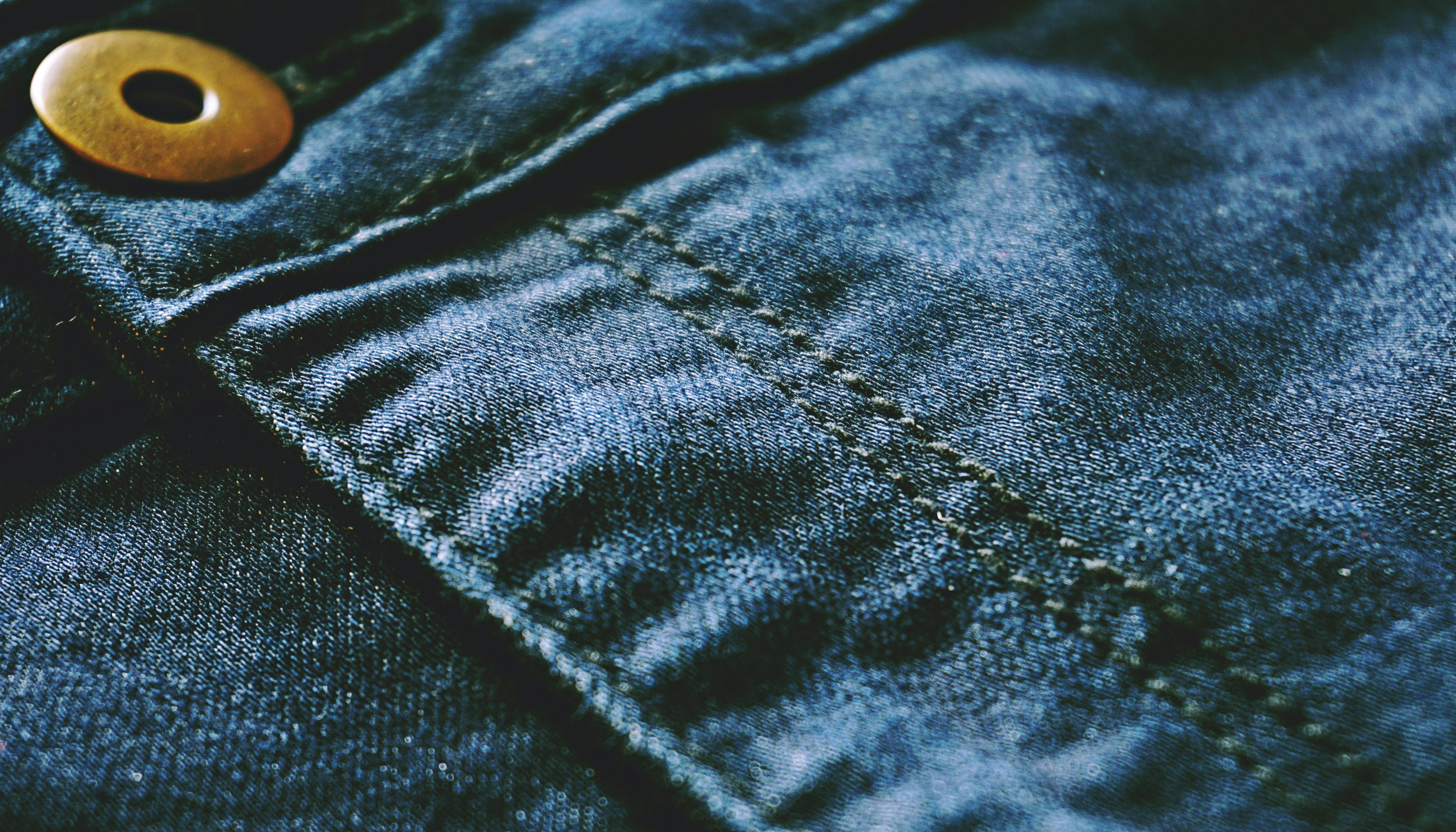Best 5 Effective Ways to Get Rid of Yellow Jackets in 2025
Yellow jackets can be a significant nuisance during the warm months, especially when enjoying outdoor activities. Understanding how to effectively manage and eliminate these pests is crucial for a safe and pleasant environment. In this article, we'll explore the best 5 effective ways to get rid of yellow jackets in 2025, covering their behavior, hive location, and effective removal methods.
Yellow jackets not only invade our spaces, but they can also pose threats with their painful stings, especially for individuals allergic to them. By examining the lifecycle and behavioral patterns of yellow jackets, we can develop better pest control strategies for prevention and removal. Here’s what you can expect to learn:
- The most effective yellow jackets extermination methods.
- Tips for identifying yellow jackets nests.
- DIY yellow jackets trap and natural repellents.
- Professional pest control options and when to consider them.
- Safety tips to minimize the risk of stings during removal.
Let’s delve into these methods and equip you with the knowledge needed for effective yellow jacket control!
Understanding Yellow Jackets: Behavior and Lifecycle
Before jumping into methods for yellow jackets removal, it’s important to comprehend their behavior and lifecycle. Yellow jackets are social insects that build nests in the ground, trees, and sometimes even in human structures. This understanding will aid in identifying the best techniques for managing infestations.
Lifecycle of Yellow Jackets
Yellow jackets undergo a complete metamorphosis, consisting of four stages: egg, larva, pupa, and adult. Their lifecycle begins when a fertilized queen emerges from hibernation in early spring and starts building a nest. Once the first workers are produced, they assist the queen in foraging for food and expanding the nest.
Behavior Patterns
Yellow jackets are known for their aggressive behavior, especially when defending their nests. They are attracted to food sources, especially sugary and protein-rich items, making outdoor picnics a prime target. Understanding these attractants can assist in taking preventive measures against yellow jackets.
Identifying Yellow Jackets and Their Nests
Knowing how to identify yellow jackets and their nesting locations is essential. Look for nests in sheltered areas such as under eaves, in attics, or in shrubs. Yellow jackets often create papery nests that appear similar to those of bees but can be distinguished by their distinctive yellow and black coloring. Observing their flight patterns can also help locate their nests.
Building on these fundamentals, we can now explore the effective methods to get rid of yellow jackets.
DIY Yellow Jackets Trap: Create Your Own
DIY traps are a popular and effective solution for yellow jacket removal. These traps use attractants to draw yellow jackets in, allowing you to manage their numbers without resorting to chemicals.
How to Make a Simple Yellow Jackets Trap
Creating a DIY yellow jackets trap is simple and cost-effective. You will need a plastic bottle, sugar water, and a few drops of dish soap. Here's a step-by-step process:
- Cut the top third off a plastic bottle.
- Mix sugar water (1 cup of sugar with 1 cup of water) in the bottom of the bottle.
- Add a few drops of dish soap to break the water's surface tension.
- Invert the top part of the bottle into the bottom part, creating a funnel.
Types of Bait to Use
To increase the trap’s effectiveness, consider utilizing protein-based baits like tuna or meat scraps along with sugary substances. Yellow jackets are particularly attracted to these food sources, enhancing your chances of success.
Best Practices for Using DIY Traps
When using DIY traps, place them away from heavily trafficked areas to minimize interactions. Make sure to check and empty the traps regularly to maintain their efficacy. These traps serve as an excellent method of reducing active populations as the season progresses.
After exploring DIY traps, let's discuss chemical methods for yellow jackets pest control, which are often necessary in more severe infestations.
Using Yellow Jackets Spray: When and How
While DIY methods can be effective, situations arise where professional or chemical solutions become necessary, especially in severe infestations. Yellow jackets sprays offer a quicker solution to eliminate these pests.
Choosing the Right Yellow Jackets Spray
When selecting a yellow jackets spray, it’s important to pick one that is specifically labeled for yellow jackets and comparable wasps. These products usually come in aerosol cans which enable you to apply them from a distance, protecting you from potential stings.
- Look for sprays with residual killing power that can continue to work even after application.
- Check reviews and recommendations to identify the most effective sprays on the market.
Applying the Spray Safely
Always wear protective gear when applying yellow jackets spray, including gloves, a long-sleeve shirt, and a mask. Best practices involve spraying in the evening or early morning when yellow jackets are less active. Approach the nest carefully and spray directly into the entrance.
Post-Application Cleanup and Safety
Once you've sprayed, it’s crucial to monitor the area for dead insects and to seal the nest to prevent reinfestation. Regularly clean the area to eliminate any food sources that could attract more yellow jackets in the future.
With professional sprays and traps covered, let’s now shift to natural ways to repel yellow jackets effectively.
Natural Yellow Jackets Repellent: Exploring Alternatives
For those who prefer eco-friendly solutions, natural yellow jackets repellents can provide an effective alternative for managing these pests. Such methods can be gentler on the environment and pets, making them ideal for household use.
Essential Oils as Repellents
Essential oils like peppermint oil, lemon eucalyptus, and clove oil can be used to create natural sprays for yellow jackets. Mix several drops with water and spray around areas prone to yellow jacket activity. These scents are known to repel yellow jackets effectively.
Using Repellent Plants
Incorporating plants known to repel yellow jackets in your garden can drastically reduce their presence. Plants like mint, basil, and marigolds give off scents that deter yellow jackets and can complement your garden beautifully.
Common Household Remedies
Additionally, mixing vinegar with water and applying it around your property can act as a deterrent. This non-toxic solution minimizes the risk of exposure to hazardous chemicals while still maintaining an effective pest control strategy.
Lastly, let’s consider what to do when homes are overrun by yellow jackets and when it's time to call in the professionals.
Professional Yellow Jackets Control: When to Call for Help
Understanding when it's appropriate to hire a professional for yellow jackets removal is critical. If the infestation is extreme or the nests are in difficult-to-reach locations, professional yellow jackets control services should be considered.
Assessing the Need for Professional Help
If you encounter multiple nests or are unable to effectively manage their presence, contacting pest control experts is advisable. They have access to specialized equipment and knowledge of the best residue treatments available.
What to Expect from Professional Services
When hiring a professional pest control company, they will conduct a thorough assessment of your property to establish yellow jackets' population levels and nesting sites. Their service typically involves targeted extermination and ongoing monitoring to prevent future infestations.
Benefits of Professional Extermination
Professional extermination is vital not only for efficiency but also for safety reasons. Pest control technicians are trained to handle hazardous chemicals and can provide preventive measures that can reduce the risk of subsequent infestations.
In conclusion, effectively managing yellow jackets hinges on understanding their behavior, lifecycle, and using a combination of methods from DIY traps, to sprays, natural repellents, and professional services when needed. By following these five effective ways to get rid of yellow jackets, you will cultivate a safer outdoor space.
To explore more on yellow jackets and aspects of pest management, please visit this link.

 ```
Its part of generated content. Can i generate another part?
```
Its part of generated content. Can i generate another part? 